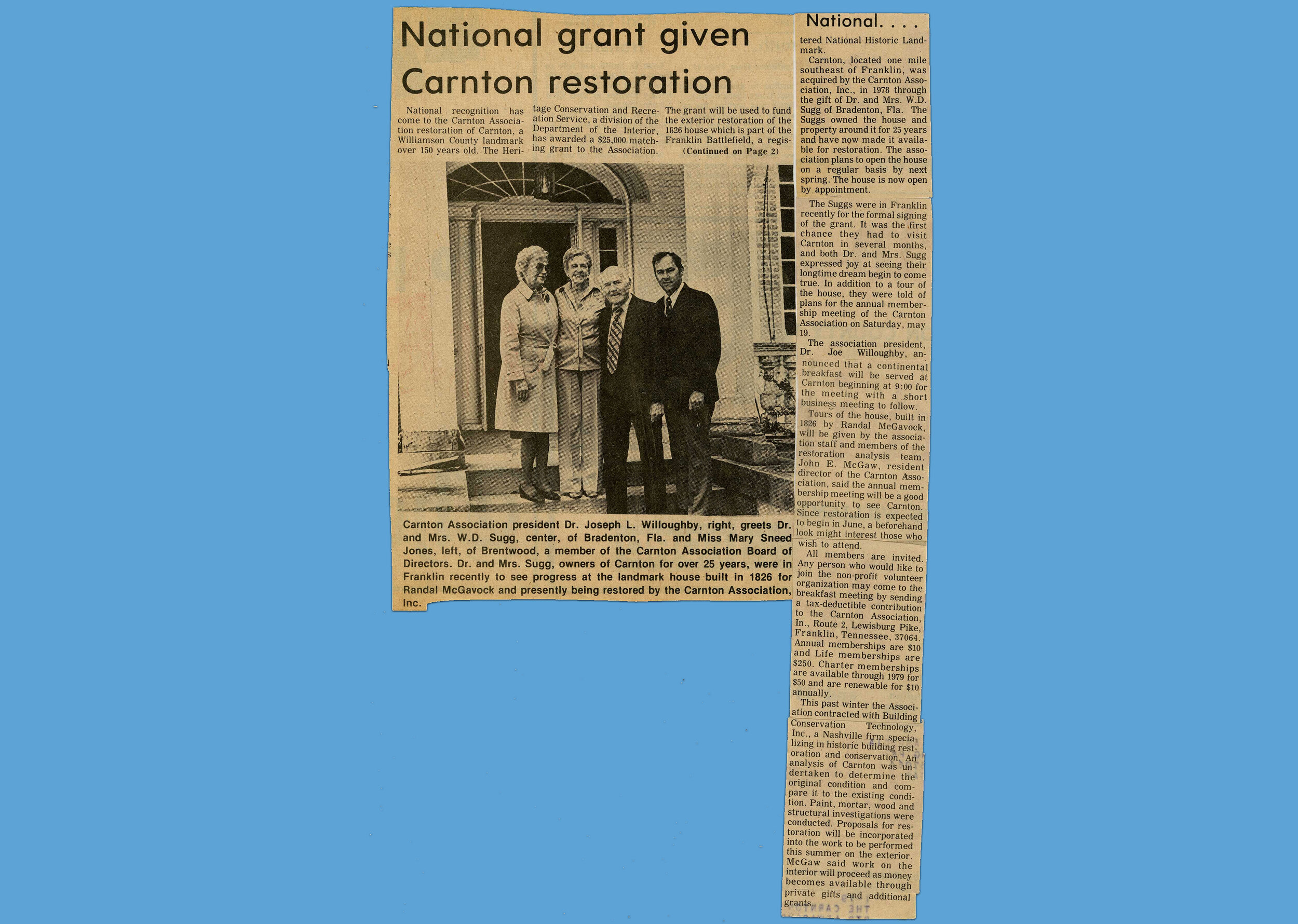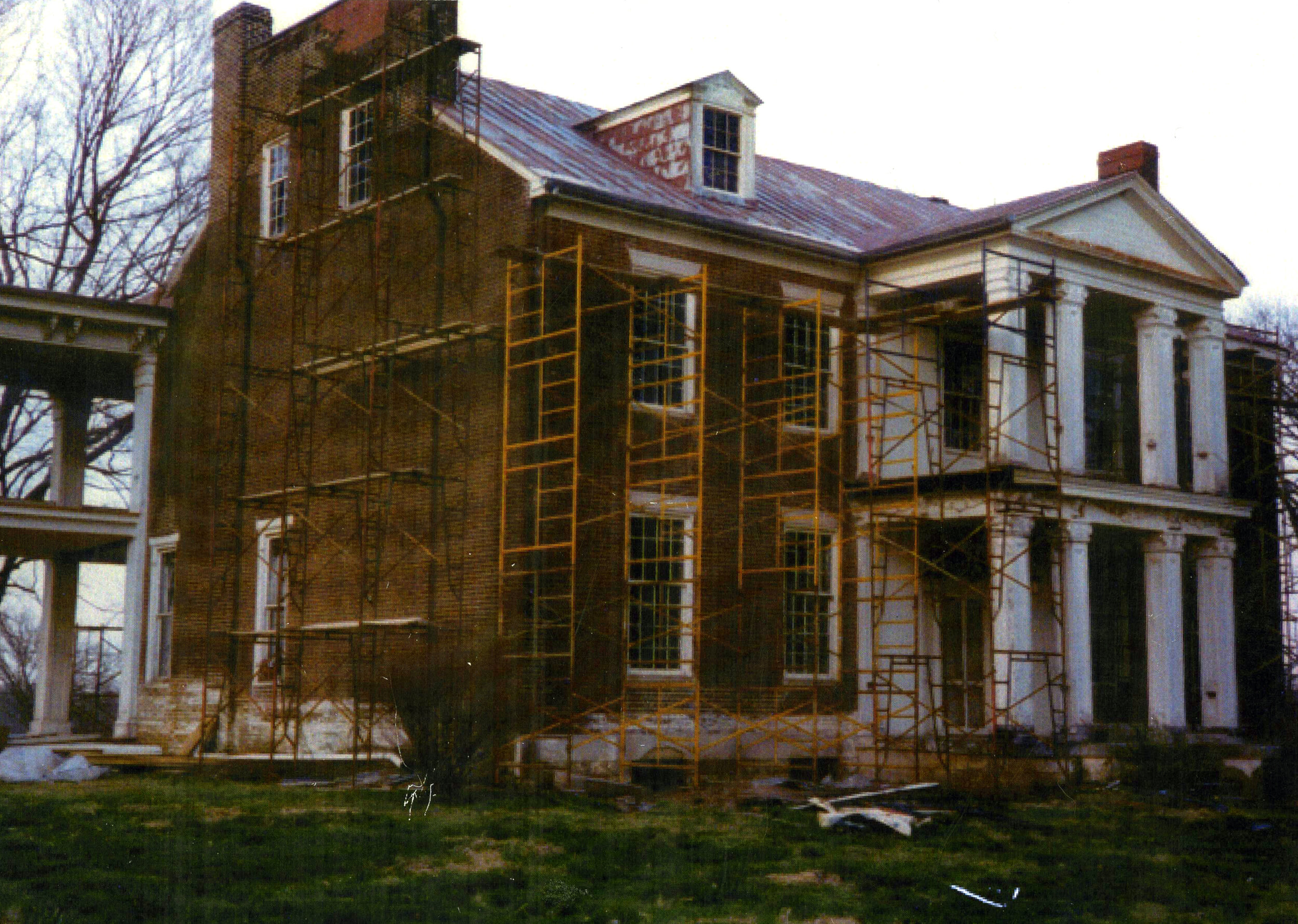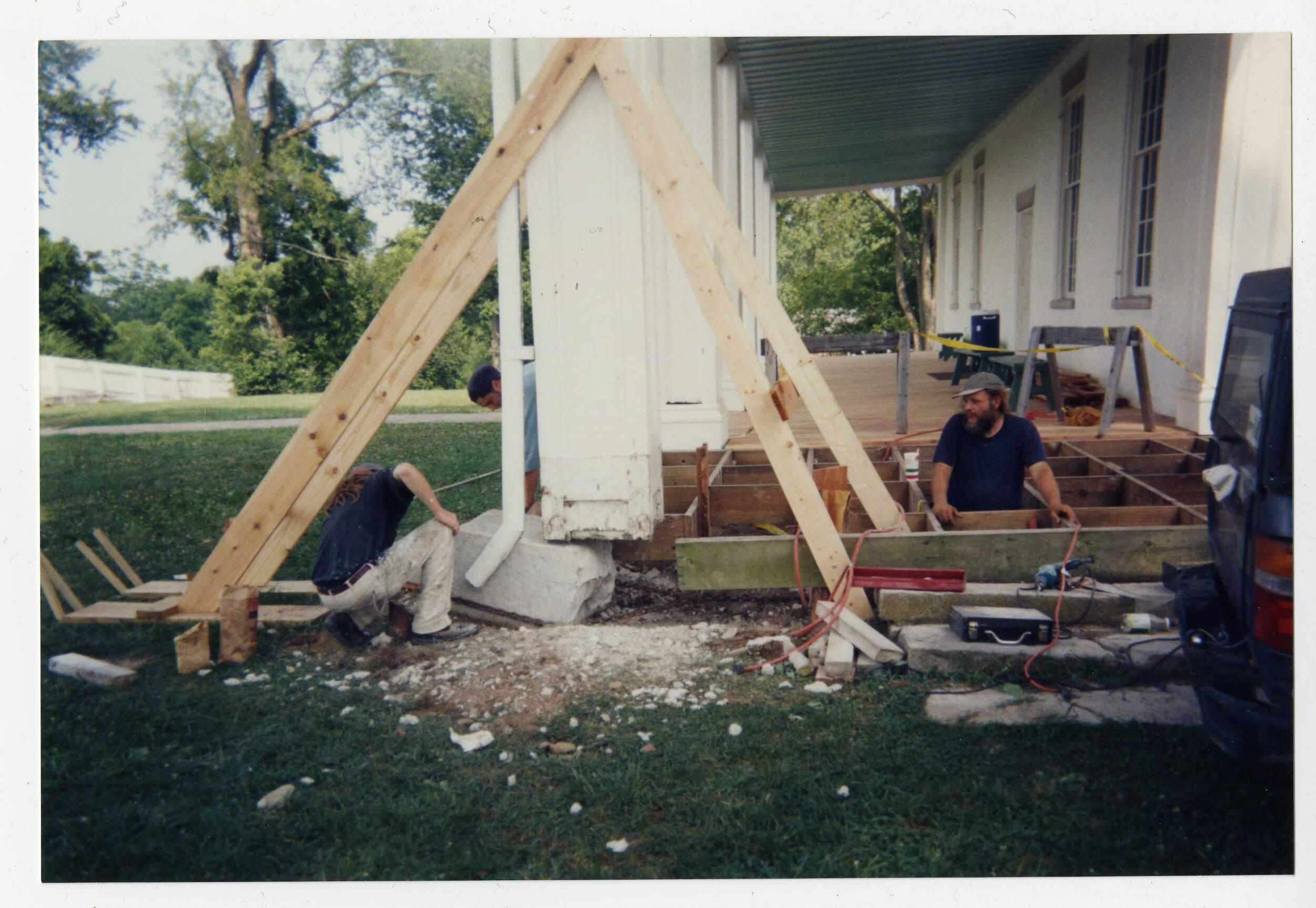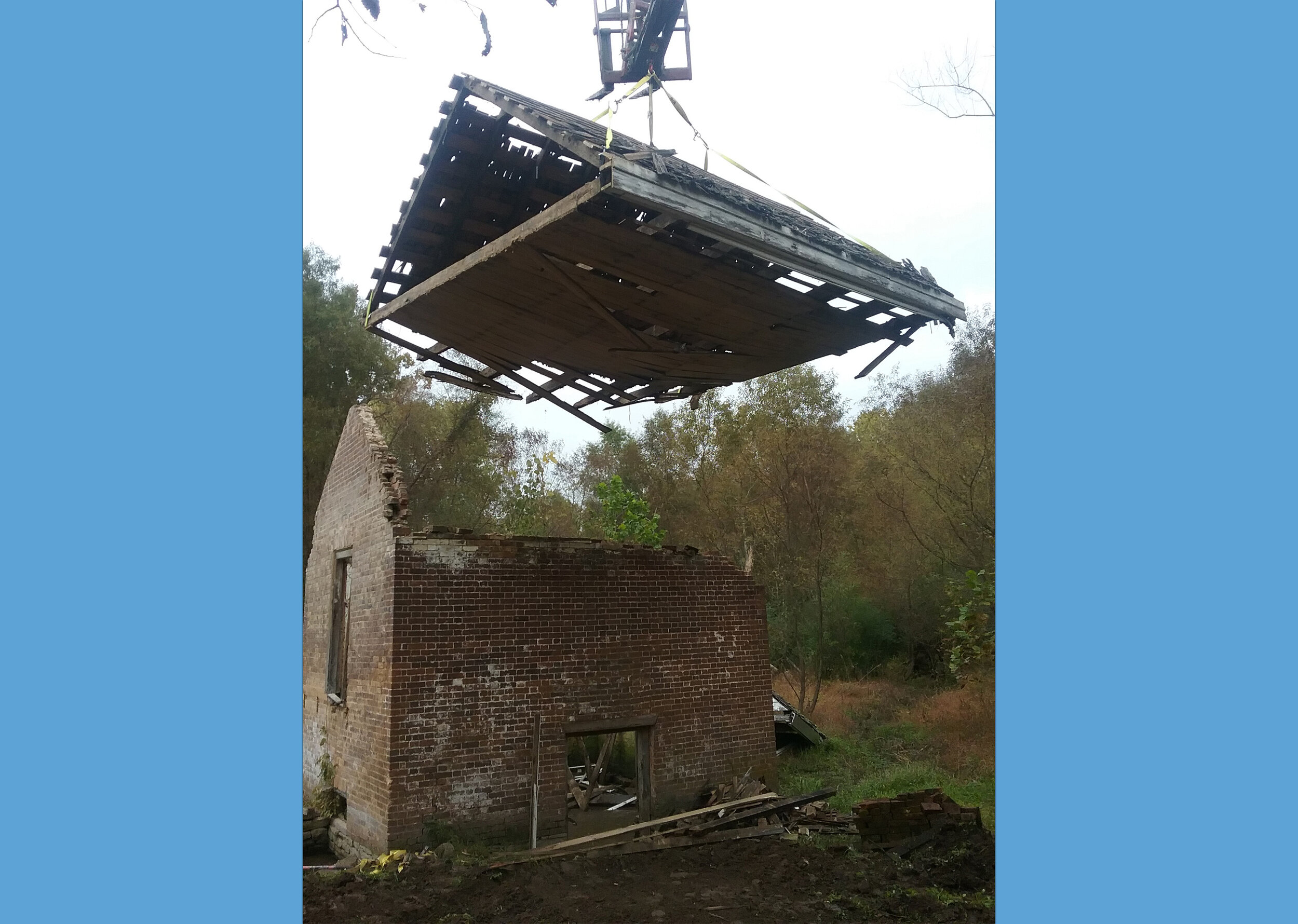By the 1970s, the landscape the McGavocks knew as farm fields and woodlands was slowly transforming into development. Occupied by tenant farmers through the late 70s, Carnton was deteriorating and in danger of destruction. A group of civic-minded people who understood the site’s history joined in an attempt to protect and preserve it forever.
In 1977 the Carnton Association was organized to raise money to acquire and restore Carnton. As a result of these efforts, Dr. and Mrs. W. D. Sugg of Bradenton, Florida, who had owned the property since the 1950s, but had never lived there, donated the house and ten acres to the Association. An additional thirty-eight acres were purchased from Mrs. Sugg in 1986.
Carnton, 1951
Carnton interior hall, ca. 1940
Deed for Carnton signed, 1978
In the mid-1980s, a room-by-room interior restoration began to return the home to its 19th century appearance. By the early 1990s historic paint colors were instituted and known wallpaper patterns reproduced. In the years since Carnton was saved as a historic landmark, the home has seen the removal of a kitchen and two bathrooms, the reconstruction of missing woodwork, the installation of a heating and cooling system, a variety of archaeological investigations, outbuilding restoration, and countless repairs.




Thanks to our daily visitors, The Battle of Franklin Trust membership's financial support, diligent staff work, and volunteer assistance, the restoration and preservation of Carnton is ongoing.
The single original shutter remaining from the front of the house is seen here. The hinges on the front of the structure today were matched to this original in 2008.
This original trim piece was removed from Carnton in the 1980s. A complete restoration of the front and back porches was completed in 1997.
This piece of plaster was removed during early restoration. Horse-hair was used as a stabilizer in plaster throughout the 18th and 19th centuries and can be seen in the fragment here.



